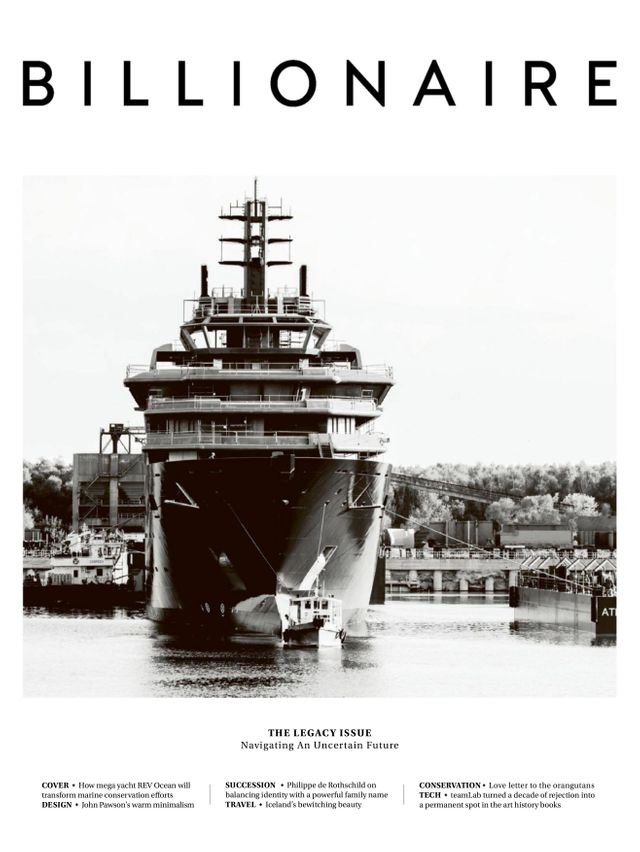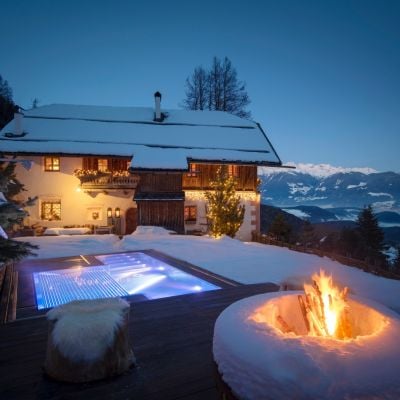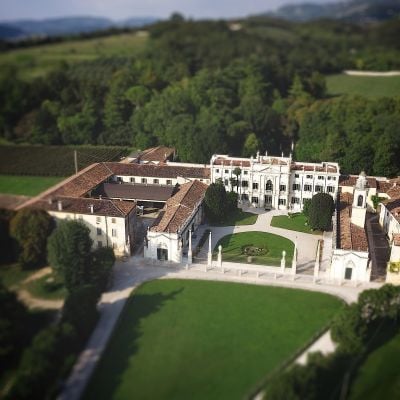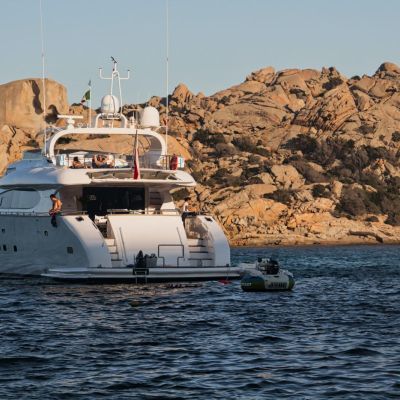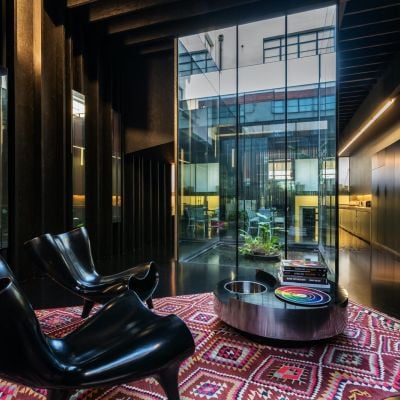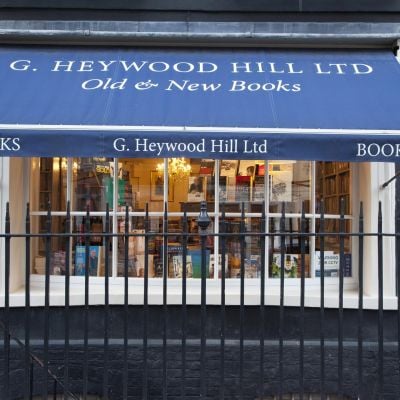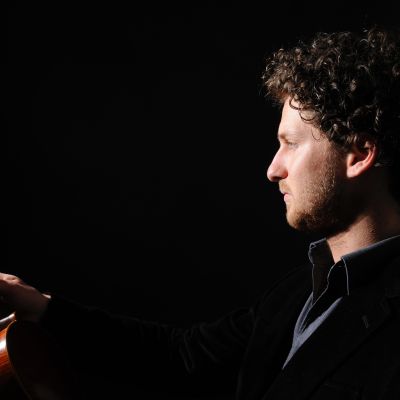The James Bond of Vaults
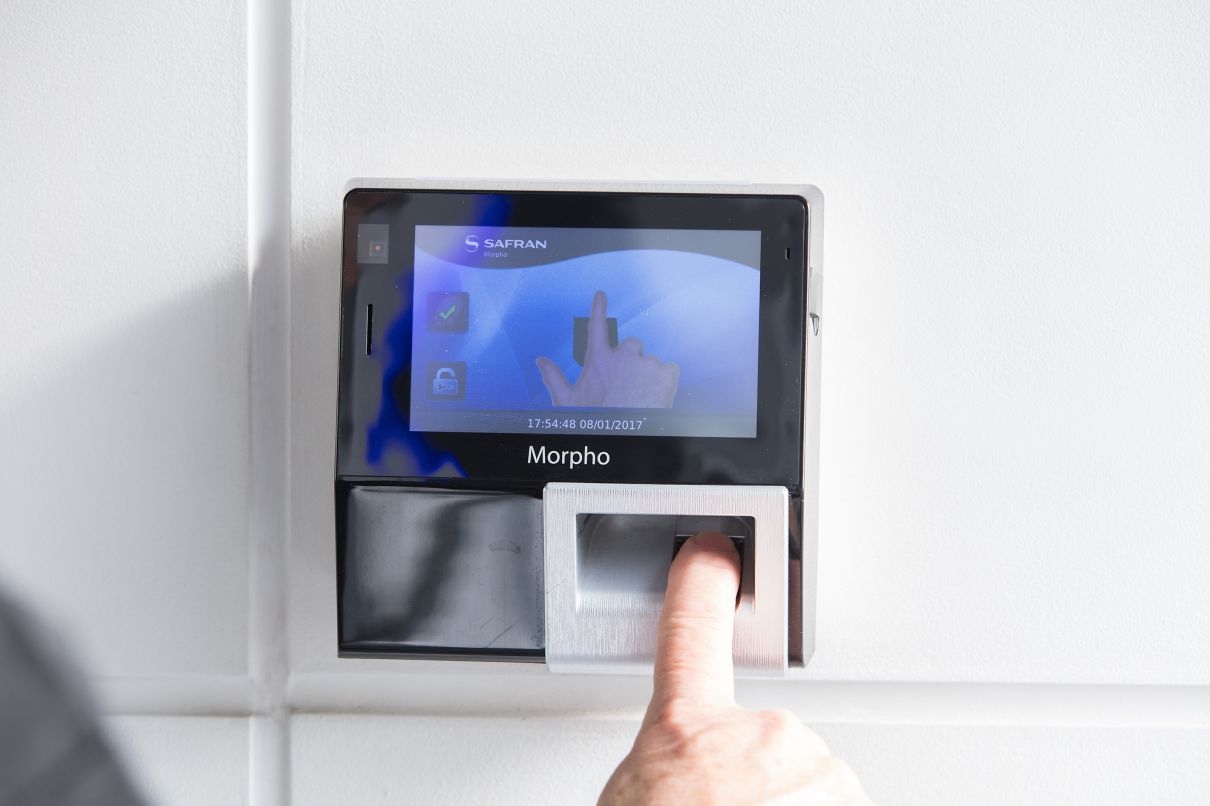
An ultra-high-tech storage company is standing guard over some of the world’s most precious possessions.
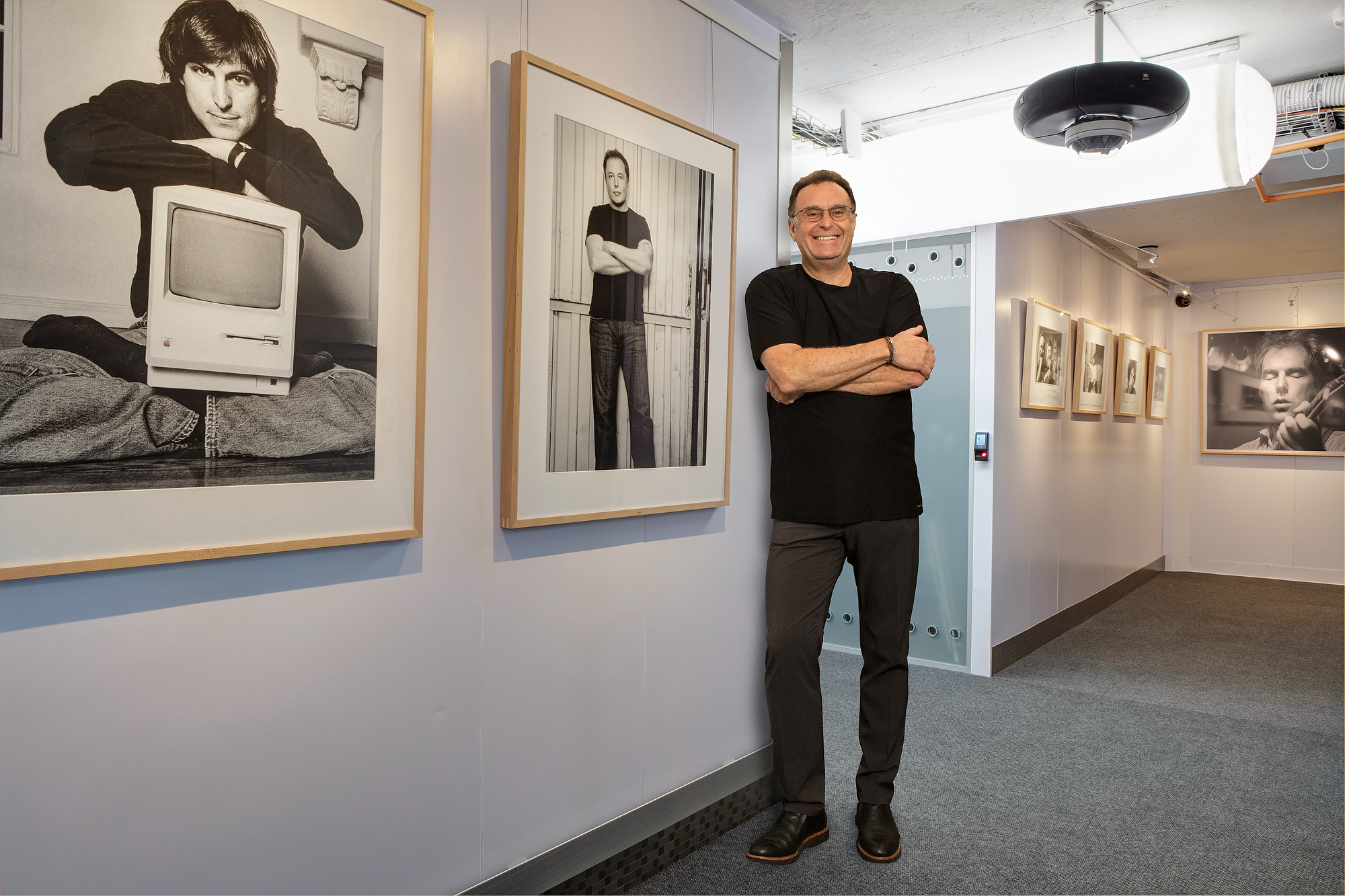
A state-of-the-art fingerprint entry system. Art-safe LED lighting and carpets embedded with antimicrobial silver. More than 100 security cameras 24/7 to monitor constantly.
Welcome to Hollywood Vaults, an ultra-high-tech storage company guarding some of the world’s most precious creative assets; namely the original film, tape, photographs and digital media of Hollywood’s greats, along with some of their personal possessions, ranging from fine art, rare wine to musical instruments.
“It’s a little over the top, but then our clients are usually control freaks,” laughs David Wexler, who founded Hollywood Vaults with his wife, Julianna. And they would know; Wexler’s 250 clientele represent a who’s who of the entertainment industries, the collective holders of 166 Grammy awards, 40 Oscars, 31 Guinness World Records, 37 Hollywood Walk of Fame stars, 15 best-selling albums of all time and many more accolades. While confidentiality dictates they can’t disclose individual names, some of his institutional clients include The Getty Museum, LA County Museum of Art and the Music Museum, founded by Microsoft co-founder Paul Allen.
Thirty-five years ago, Wexler spotted a niche in the market for climate-controlled, disaster-proof storage for Hollywood’s creative industry. He founded the company just as the film and music industry was desperate for a solution to deterioration and colour fading. More than half of all films made before 1950 have been lost, and only 10 percent of those produced in the US prior to 1929 have survived, largely due to poor storage conditions. The situation led to Martin Scorsese, together with a handful of A-list directors, actors and producers, including Steven Spielberg, George Lucas and Robert Redford creating the Film Foundation in 1990, issuing grants to safeguard the country’s cinematic heritage through supporting film preservation.
With that backdrop, the Wexlers quit their day jobs and set up Hollywood Vaults in the mid-1980s. Over time, this grew into a world-class facility that now comprises three facilities, two in California, and one, 10 storeys underground in Western Pennsylvania, one of the lowest-seismic zones around.
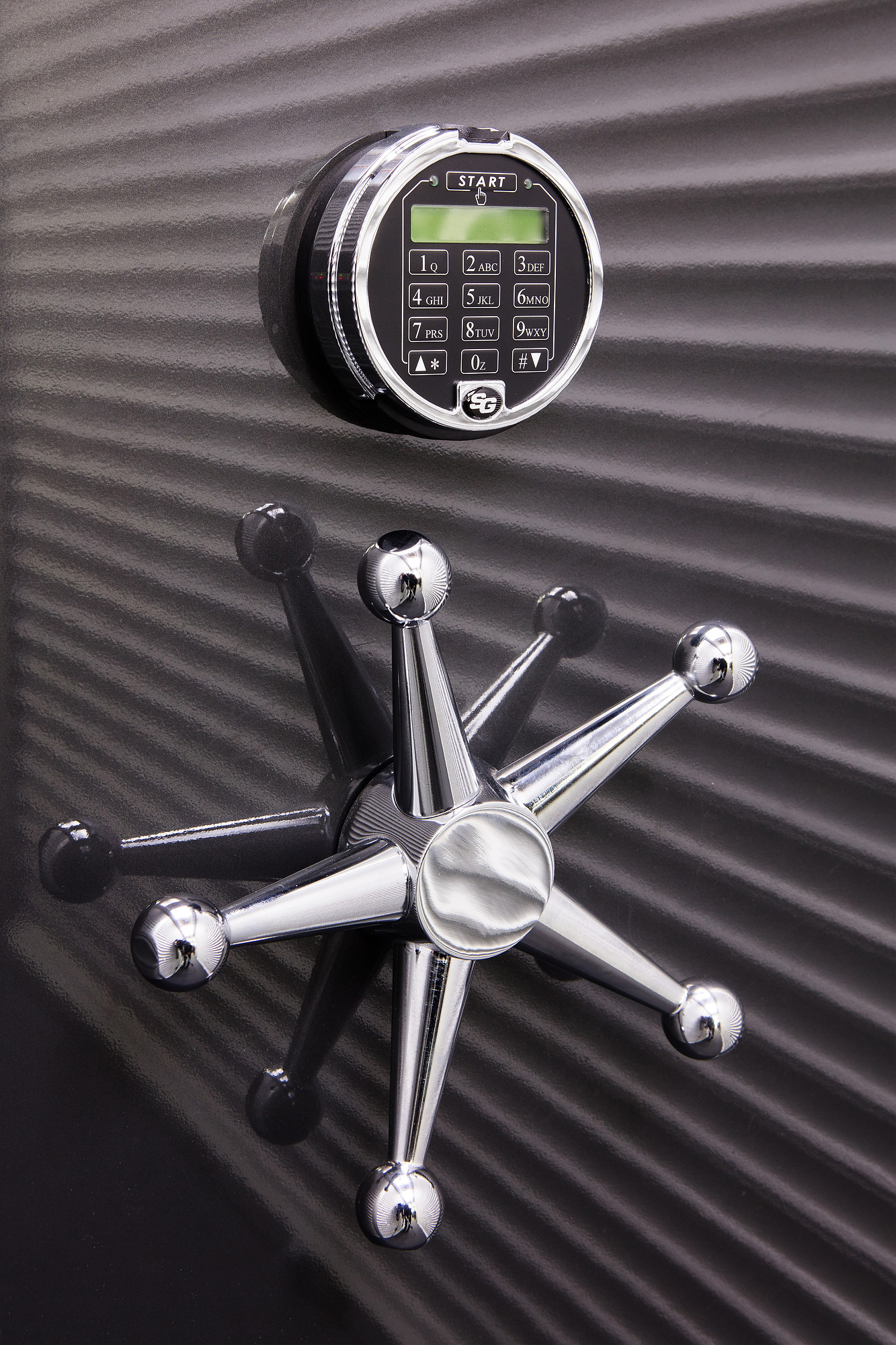
Renting a vault is not inexpensive: prices range from US$1,800-$86,000 per year for 26 various-sized vaults, from a small safe to a 350-square-foot private room to accommodate special collections.
These are no ordinary vaults. The three facilities are constructed entirely from non-combustible concrete, glass and metal; with a smoke-detection system that is 100 times more sensitive than standard detectors; and a water-free gas fire-suppression system. Anti-microbial techniques are employed, for example, the carpets are embedded with silver to prevent mould and mildew. The air is filtered continuously using HEPA and carbon filters and a NASA-developed air sanitisation system to ensure the purest air quality. Art-safe LED lighting is used throughout, and power is backed up with a clean burning natural gas generator supplemented with solar panels.
Each vault is climate-controlled according to its contents. For instance, film and tape needs to be kept cold and dry at 7 degrees centigrade and 25 percent humidity (luscious Aeither brand parkas are provided for clients use). Whereas fine art and wardrobe need a climate of 50 percent humidity and about 18 degrees centigrade. Of course, guitars, fine wine and even sports shoes, now a hot collectable, have a different set of requirements. The facilities are security monitored 24/7 by a preparatory system that analyses 12 different data streams, including heat, smoke, fire, flood, humidity and intrusion, by a central security system. Off-duty LAPD officers patrol the facilities at night and on weekends. Officers also respond to all alarm signals being monitored by a UL-rated central alarm station.
Hollywood Vaults itself does not ever touch the contents; operating on a self-service basis, clients are given 24-hour access through either biometric fingerprint or pin-number entry. He adds that a spate of recent break-ins in Hollywood Hills and Malibu has added to anxiety levels about irreplaceable items. “On social media with people flaunting that they’re on holiday away from their home, even with alarm systems, it’s easy pickings for burglars.”
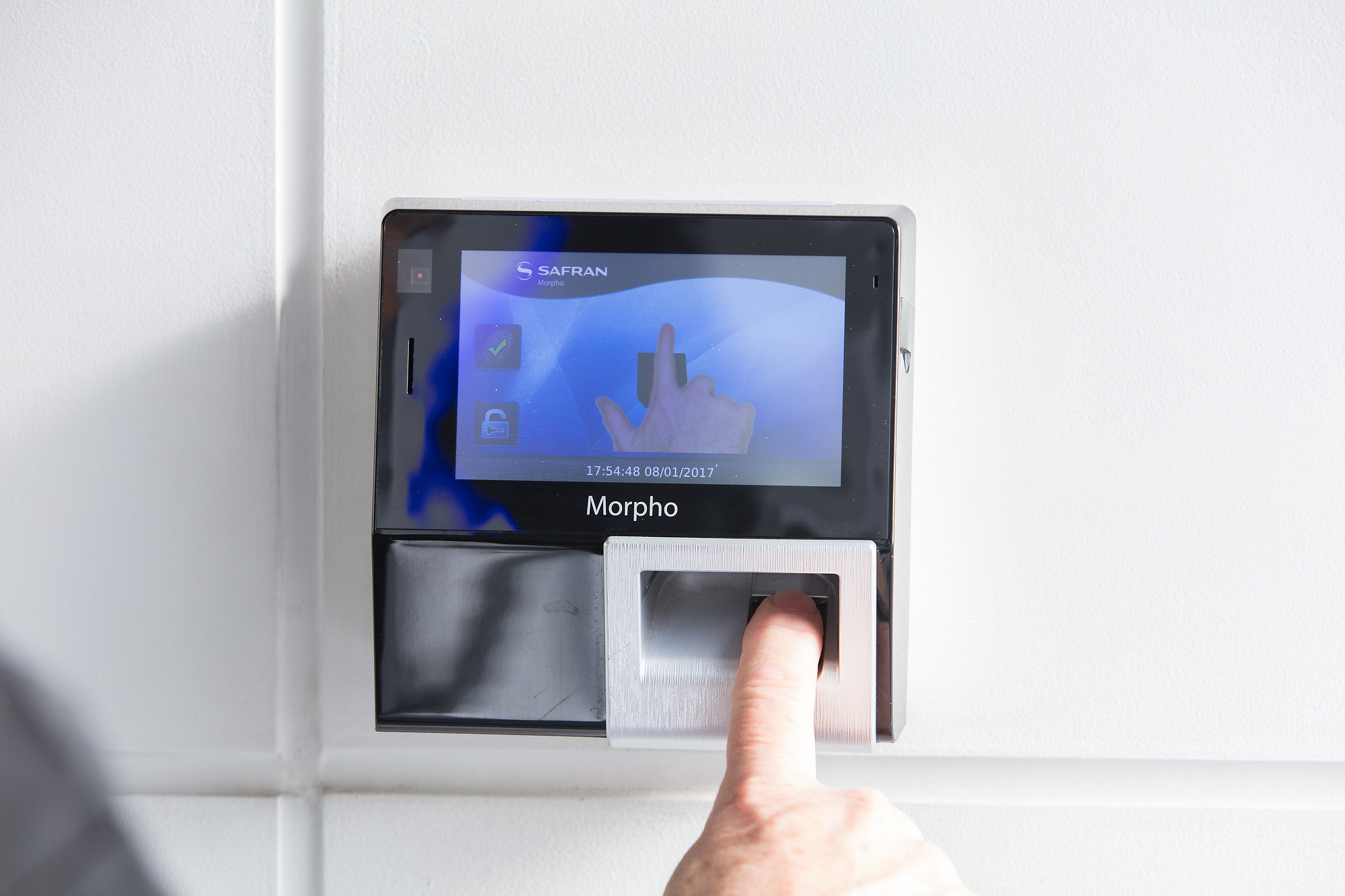
With increasing concern about cyber security and data hacking, Hollywood Vaults’ data is air-gapped from the Cloud, kept on high-security servers, to protect all client privacy, and confidentiality.
Interestingly, the digital revolution comes with its own set of storage challenges as digital files can experience complete failure when the digital bits get corrupted. “If you have a corrupted digital file you lose the entire film, tape, photograph or recording.”
We live in uncertain times, necessitating the need for safe havens for priceless cultural reference points. Ultimately Hollywood Vaults brings a sense of security and tranquillity that Wexler’s clients find priceless.
This article originally appeared in Billionaire’s Legacy Issue, March 2020. To subscribe contact

